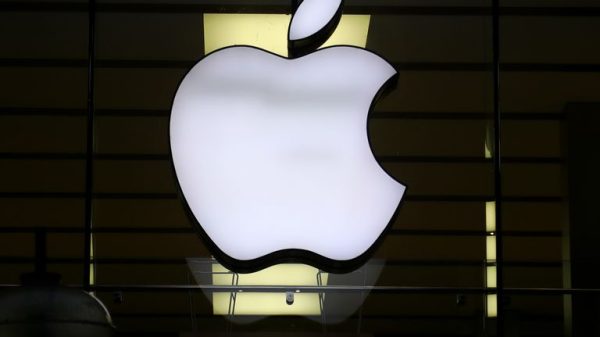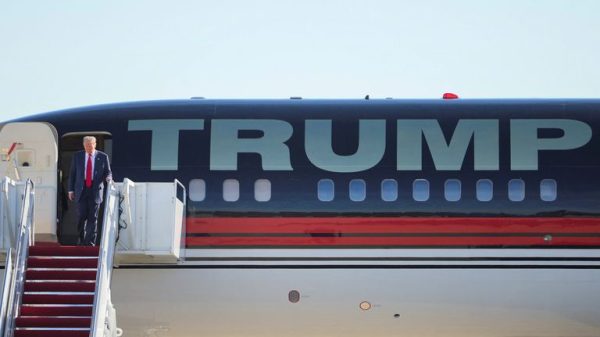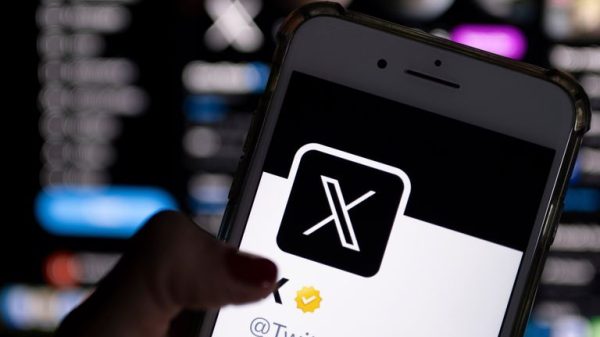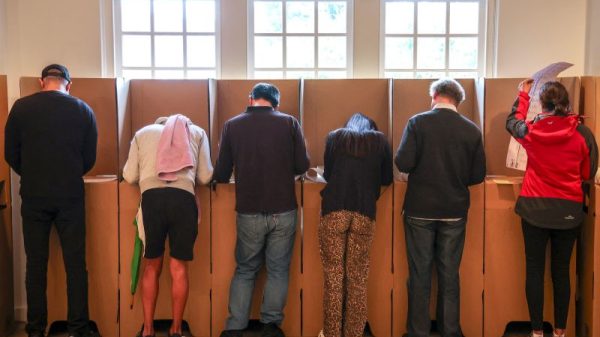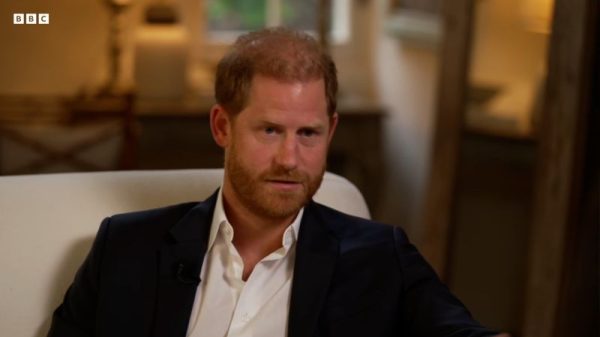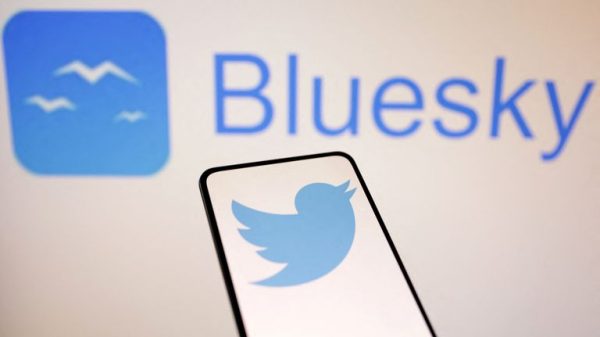The Trump administration has finalized a profit-sharing agreement with Ukraine that will give the US a 50 percent stake in future revenues from the war-torn country’s stores of critical minerals.
At the heart of the deal, announced on Wednesday (April 30), is a set of materials that are foundational to both economic growth and national security, including graphite, lithium, titanium, beryllium and uranium.
The deal also covers the 17 rare earth elements, which are key components in the manufacturing of clean energy technologies like wind turbines, solar panels, electric vehicles and modern weapons systems.
According to US Secretary of the Treasury Scott Bessent, the deal is part of Washington’s broader vision for “a peace process centred on a free, sovereign, and prosperous Ukraine over the long term.”
“President Trump envisioned this partnership between the American people and the Ukrainian people to show both sides’ commitment to lasting peace and prosperity in Ukraine,” Bessent added in a statement.
While emphasizing a commitment to peace in Ukraine, he also issued a warning: any entity ‘who financed or supplied the Russian war machine’ will be barred from taking part in Ukraine’s reconstruction, a thinly veiled reference to Russia’s state-backed energy and mining sectors, as well as Chinese firms with close ties to Moscow.
The US currently imports many key minerals. The US Geological Survey states that of the 50 minerals it classifies as “critical,” the country is 100 percent import-dependent on 12 of them, and more than 50 percent dependent on 16 others.
Meanwhile, China has established near-total dominance over global rare earths production and refining, raising alarms in western capitals about overreliance on a strategic rival.
Ukraine, in contrast, is sitting on a potential treasure trove. The Ukrainian government says it has deposits of 22 of the 50 critical minerals the US deems critical, including some of the world’s largest graphite and lithium reserves.
Many of these resources are located in the country’s eastern and southern regions, some of which remain under Russian occupation and are worth an estimated US$500 billion in untapped reserves.
A deal born of conflict and eventual compromise
The minerals deal has a fraught history, with Trump originally pitching it as a way for the US to be “repaid” for military assistance provided to Ukraine since Russia’s full-scale invasion in 2022.
Trump claims the US has sent over US$350 billion in aid, a figure far higher than the official tally of US$183 billion listed on the US government’s own Ukraine Oversight webpage.
That early version of the agreement collapsed after a tense Oval Office meeting on February 28, during which Trump blamed Ukrainian President Volodymyr Zelenskyy for failing to prevent Russia’s invasion.
Negotiations were revived following a more conciliatory conversation between the two leaders during Pope Francis’ funeral in Rome. Since then, Trump has softened his public rhetoric toward Kyiv while sharpening criticism of Russian President Vladimir Putin, who has dismissed Trump’s ceasefire overtures.
Speaking at a White House cabinet meeting on the day the deal was signed, Trump defended the agreement as a necessary course correction after years of what he described as “throwing money out the window.”
“We had no security, we had no nothing — just pouring money there, unsecured money,” Trump said. “So I said, ‘Well, we want something for our efforts beyond what you would think to be acceptable.’”
The final version of the deal, confirmed by Ukrainian Economy Minister Yulia Svyrydenko, establishes a joint development fund with equal 50/50 profit sharing. “It is important that the agreement will become a signal to other global players that it is reliable to cooperate with Ukraine in the long term — for decades,” she said in a post on X, also emphasizing that Kyiv will retain sovereign control over resource management.
Still, the negotiations came down to the wire. Bessent admitted that Ukrainian officials had proposed last-minute changes, delaying the signing until the afternoon.
The precise terms of the final accord remain under wraps, and the treasury department has declined to release a full copy, despite reporting from the Washington Post and the Kyiv Independent on key provisions.
Opportunities and risks moving forward
While Trump has portrayed the agreement as a personal victory and proof of his commitment to “peace through strength,” some analysts caution that the US-Ukraine minerals partnership could be vulnerable to future instability.
Ed Verona, a senior fellow at the Atlantic Council’s Eurasia Center, has warned that “few serious US investors will put their shareholders’ money at risk based on such a clearly unbalanced ‘deal.’”
Verona cited Russia’s own resource history as a cautionary tale. “Production sharing agreements signed during the difficult transitional period of the 1990s were subsequently repudiated by Putin’s regime, with Western partners forced to surrender control and majority ownership in major projects,” he said.
Moreover, with no security guarantees attached to the deal, Ukraine’s ability to develop its resource sector could still be jeopardized by continued fighting, especially as some of the most mineral-rich regions remain under Russian control.
As the G7 Summit in Kananaskis, Alberta, approaches, where Canadian Prime Minister Mark Carney and Zelenskyy are expected to meet again, western unity on Ukraine’s reconstruction will be under scrutiny.
Securities Disclosure: I, Giann Liguid, hold no direct investment interest in any company mentioned in this article.







